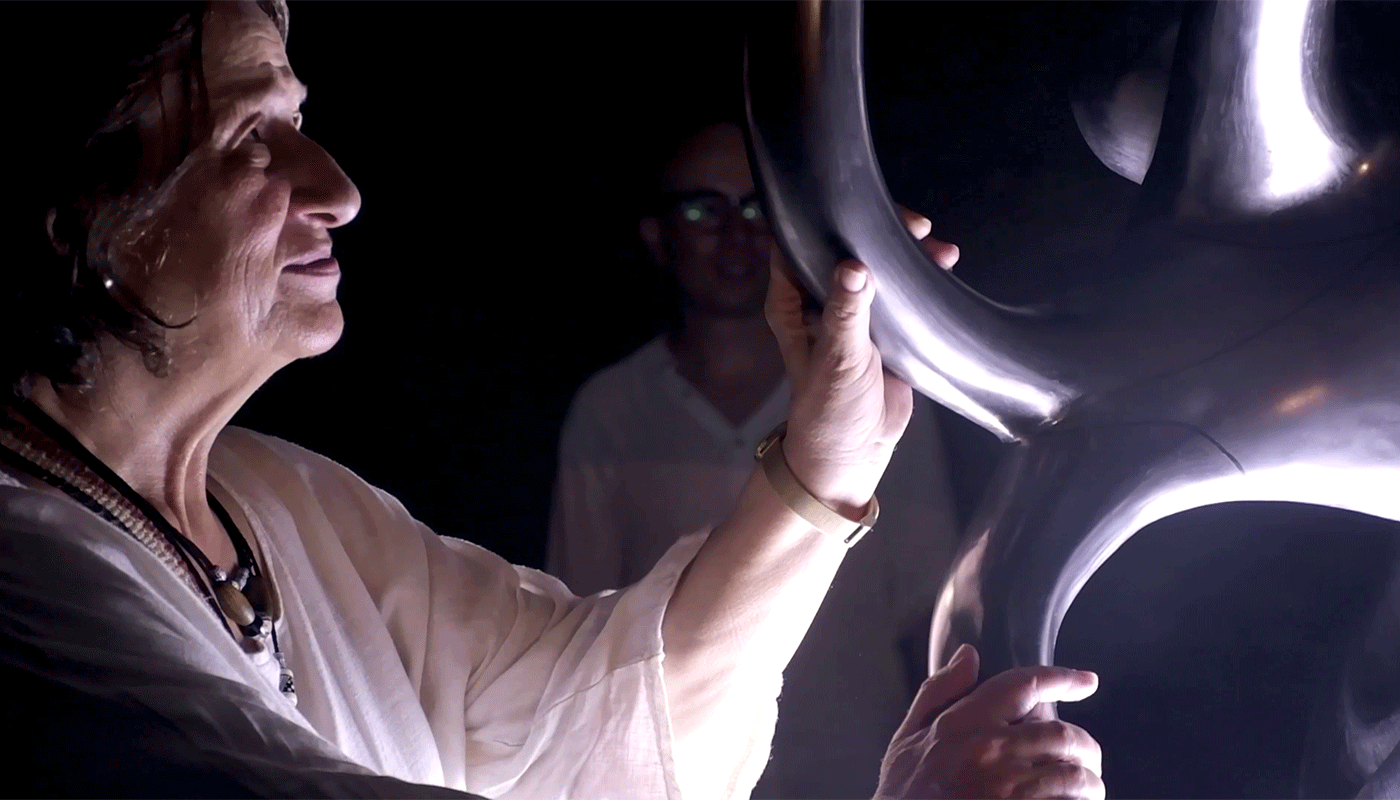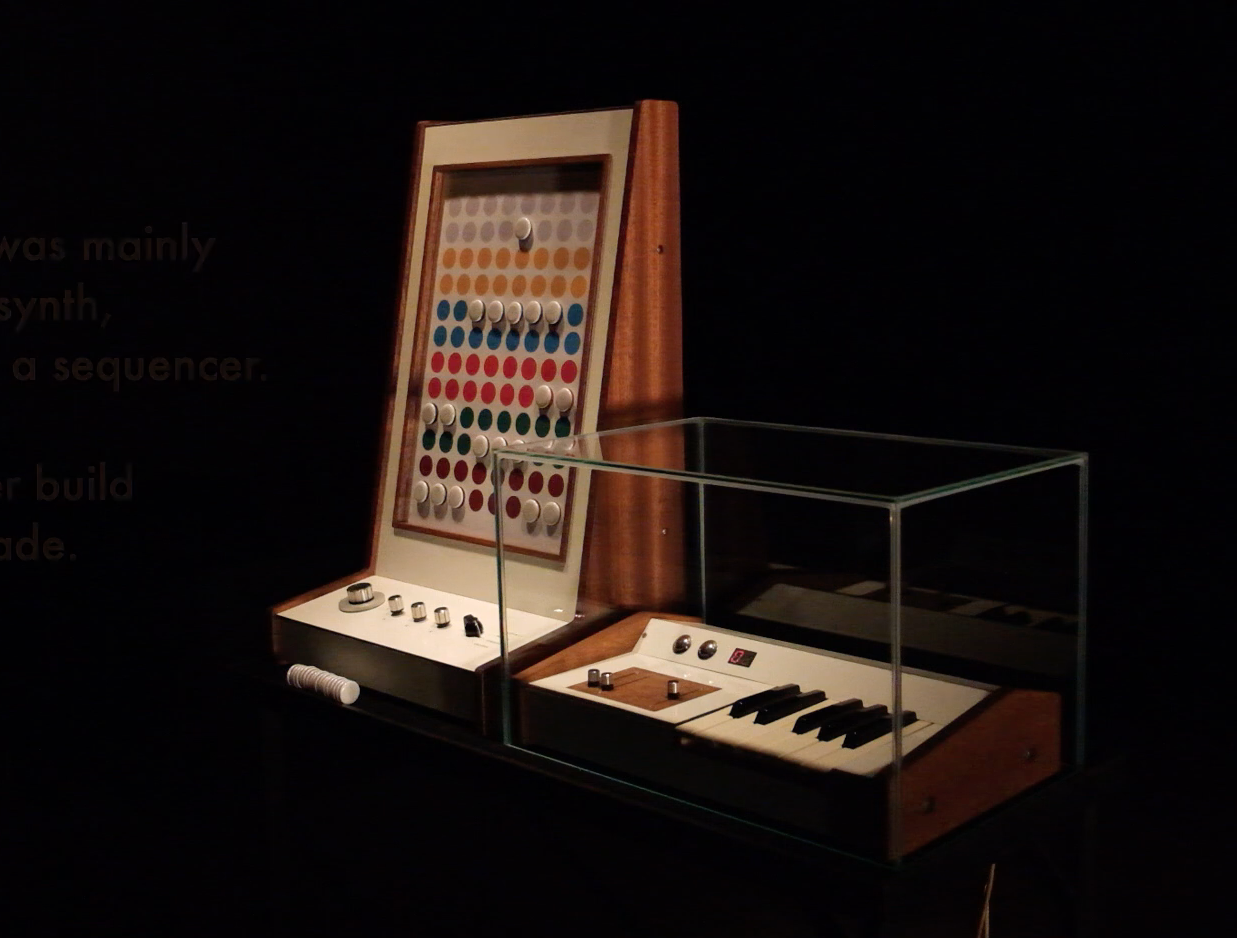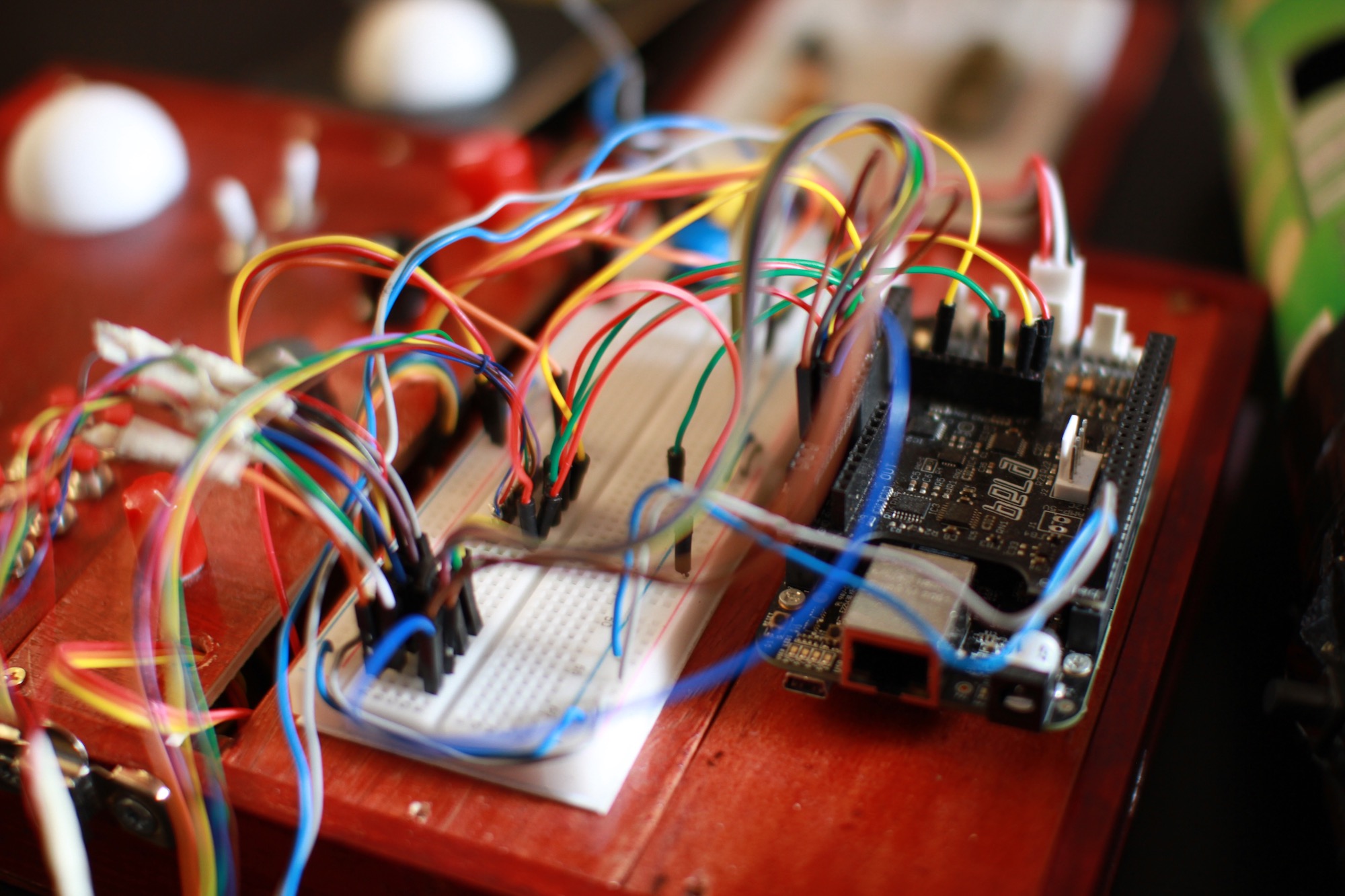Fósil acústico
Colombian sound installation expands the inner ear to architectonic scales
Santiago Reyes Villaveces and Daniel Villegas Vélez have created a visually stunning and immersive sound installation which expands the inner ear to architectonic scales. In this post they describe the installation and how it was made.
Laying hands on the inner ear
Fósil acústico” is a sound installation by artist Santiago Reyes Villaveces and musicologist-philosopher Daniel Villegas Vélez, winners of Colombia’s Ministerio de Cultura Túnel de Escape 2022 open call. The installation transforms the exhibition space in the interior of the city walls of Cartagena into a resonance chamber - an immersive acoustic environment - that resembles the interior of the human ear. A space which opens reflections around listening and resonance as a means for rethinking our collective relation to our surroundings and the environment.

Colonialsm to climate crisis
The site of the Baluarte de Santa Catalina and the flooded floors of the Aljibe (the system of cisterns that supplied colonial Cartagena with fresh water) dramatically recall the connection between coloniality and the contemporary climate crisis: the anthropocene — the current era where human action produces global transformations at a geological level — began with the Spanish invasion, whose exploitation of the American continent served as the primary fuel for the development of industrial capitalism.


According to current estimates the sea-level in the Bay of Cartagena will rise more than one meter within the next one hundred years as a result of global warming, flooding not only the exhibition space but also vulnerable places such as La Boquilla and its surrounding mangroves. Thus, the Caribbean goes from being a region of colonial exploitation to one of the first victims of the global transformations that have resulted from the expansion of extractivist capitalism.


The central piece in the installation is a sculpture of the inner ear, which is responsible for our senses of balance, spatial orientation, and listening. Through a system of loudspeakers, the sculpture emits a drone composed of synthesized sounds, sounds of native species and field recordings from Cartagena, Ciénaga de Juan Polo, La Boquilla (taken from the section “territorios de la escucha” from the Testimonial Volume of the Truth Commission Final Report) and from the Humboldt Institute’s Collection of Environmental Sounds (CSA).

Interactive touch interface
At the same time, the sculpture is an interactive touch interface, so that visitors are able to modify the sonorous characteristics of the environment in real time. Through this interaction, new resonances, noises and silences are unpredictably produced thanks to aleatoric functions and mathematical models similar to those employed to analyze the behavior of chaotic thermodynamic systems such as the atmosphere itself. Technically, the fosil uses a Trill Craft sensor to read touches on the surface of the sculpture which is bound in copper tape acting as the individual sensor pads.

The installation under construction showing the conductive tape wound under its surface.
“Fósil acústico” seeks to produce reflections with respect to the threats, challenges, responsibilities, and possibilities of life in the Caribbean facing climate change from the perspective of environmental consciousness and emphasizing immersive and meditative modes of listening. How can we conceive our place in a world where the uncertainty of our actions coexists with the inevitability of their effects? How can we rethink our relation to an environment in which we are not merely external actors but also involved recipients of our actions?
About Santiago Reyes Villaveces and Daniel Villegas Vélez
Santiago’s work examines knowledge systems used to control and colonize nature. His work consists of drawings, installations (large-scale and site-specific), moving images, and sculptures. Santiago understands these formats as techniques to engage with systems of power and their contemporary materiality. His most recent projects take interest in today’s colonization of space, reflecting on the limits of extractivism and the survival of life-forms—within and beyond our planet. santiago-reyes.com
Daniel Villegas Vélez (PhD. University of Pennsylvania) is a musicologist and philosopher living in Montréal (Tiohtià:ke). Daniel’s work examines early modern/colonial musical performance and aurality; Western music aesthetics; and the role of timbre and technology in popular and experimental music. His work has appeared in Sound and Affect, The Oxford Handbook of Timbre, Performance Philosophy, and Tijdschriftvoor Filosofie. His book Mimetologies: Mimesis and Music 1600-1850 is forthcoming with Oxford University Press. academia.edu
Reposted from https://intervalo.space/fosilacustico/




